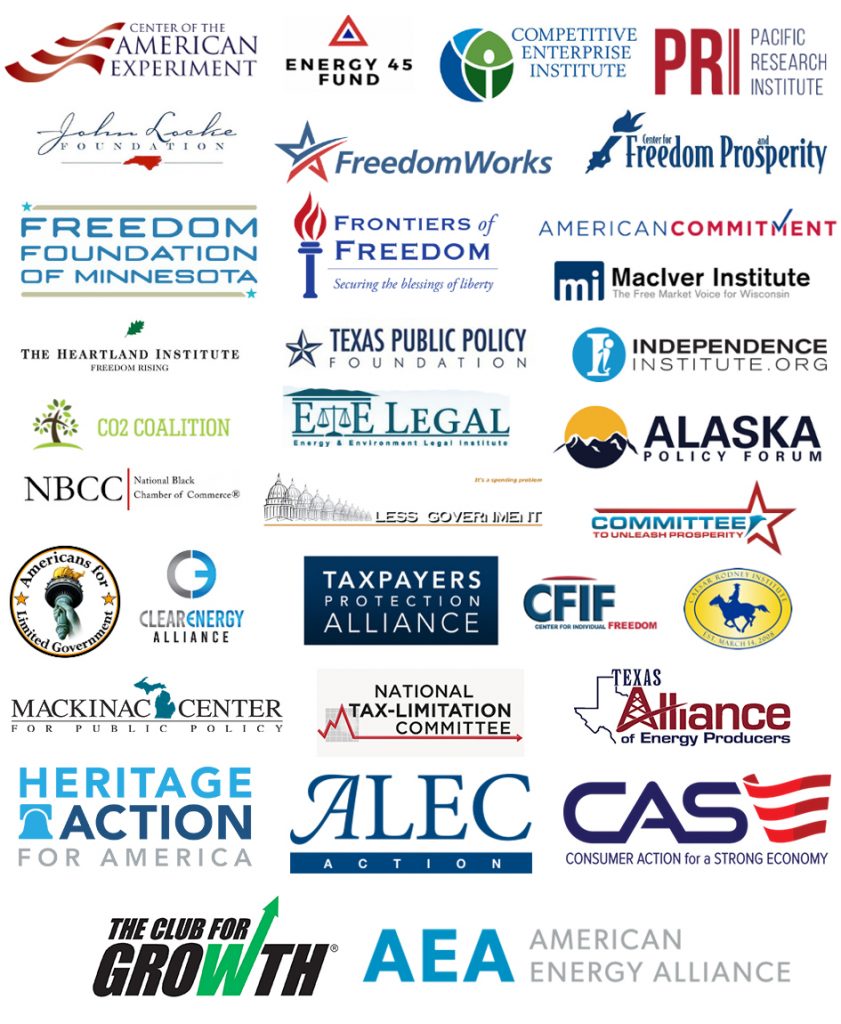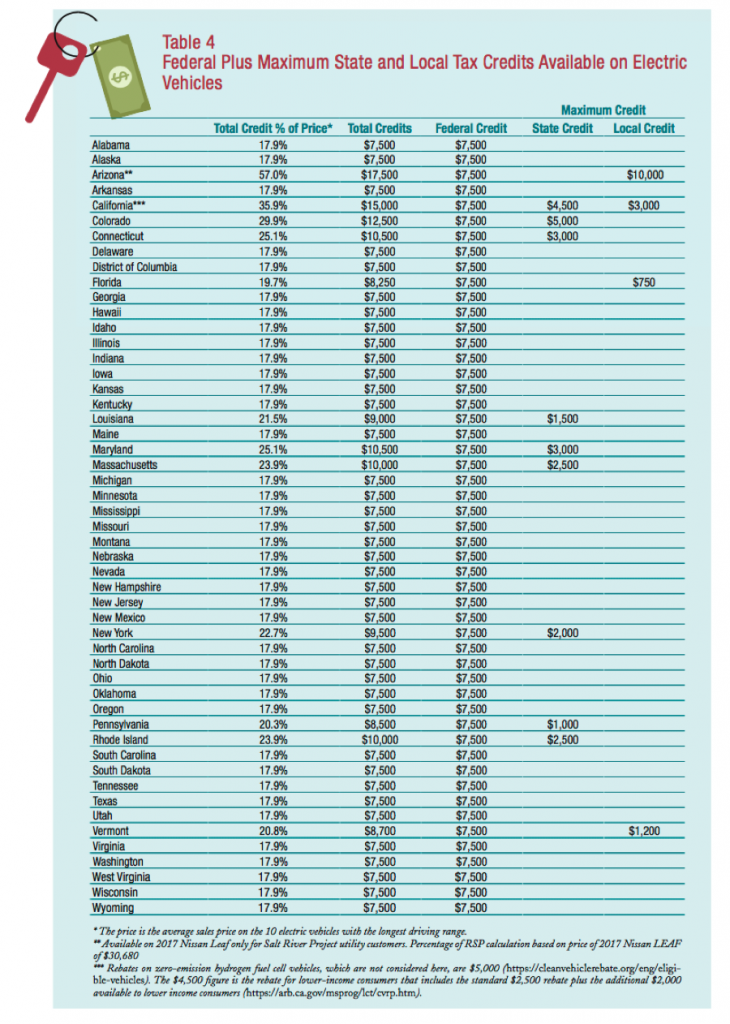WASHINGTON – Today the Federal Railroad Administration (FRA) announced the termination of $928 million in federal funding conditionally granted to California to build a high-speed rail. FRA stated that the funds were terminated after California “abandoned its original vision” and ” failed to make reasonable progress” on the project.
AEA President Tom Pyle made the following statement in response:
“America should be thankful to have a president who will protect taxpayers by stopping wasteful government spending when he sees it. President Trump and Secretary Chao did Americans a favor by cutting off the nearly $1 billion federal grant to California to build the high-speed train to nowhere.
The rail costs were exorbitant and irresponsible and wouldn’t have gone to benefit average Americans. Just like the Green New Deal, if this liberal train wreck derailed in liberal California, there’s no chance it’ll work anywhere else. Gov. Newsom should own up to the cost overruns and delays, and return the $2.5 billion California previously received back to American taxpayers.”
For media inquiries, please contact Erin Amsberry
[email protected]




